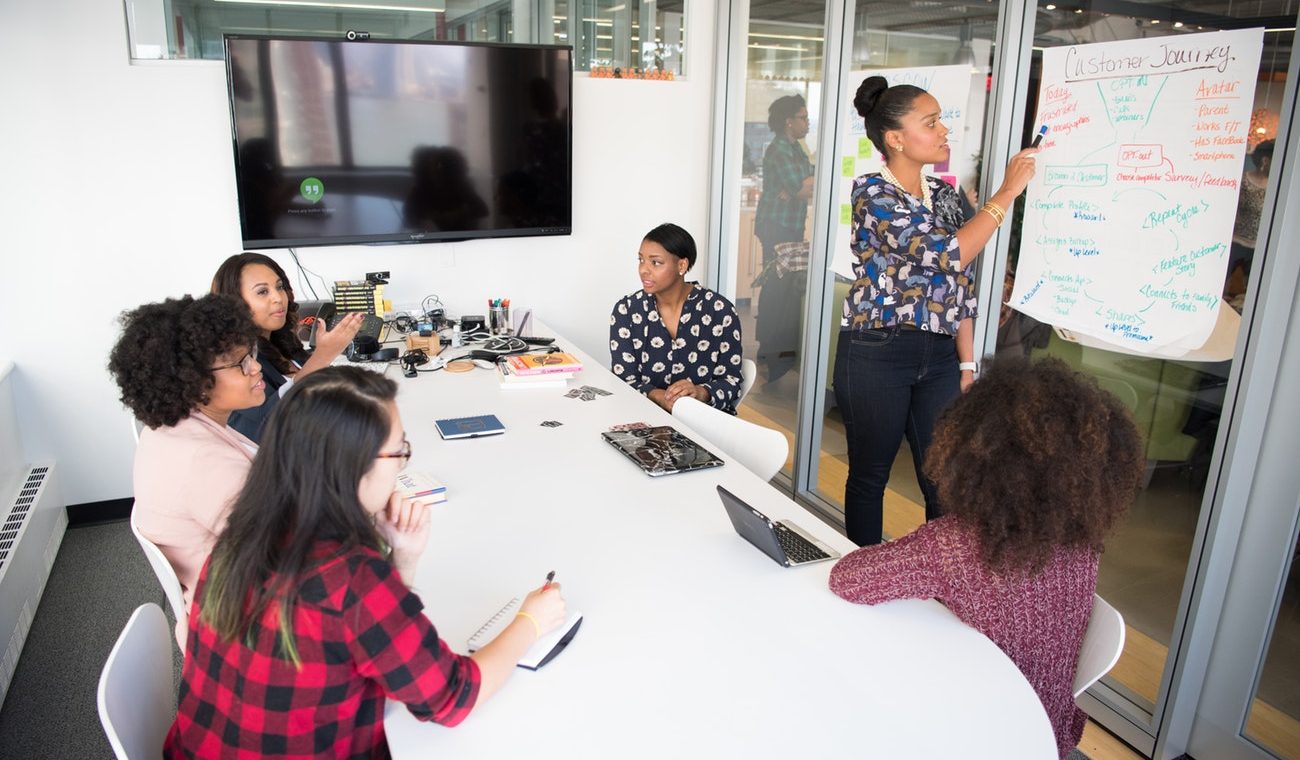
Mass education is necessary but the one-size-fits-all approach usually attached to it is outdated. To be very fair, mass education when it was first put into place, was a revolution. The idea of providing for no cost basic literacy skills to pupils regardless of their social status has changed the course of human history entirely and it has had an immeasurable impact in the way western societies have evolved. Ideally, both school systems and work spaces should be seen by its lifelong users as safe spaces for learning and exchanging with peers.
As the definition of success itself, individuals and their projects are very different from each other and thanks to the affordances of technology, it is now possible to personalize education and to reach out to learners who historically wouldn’t have their learning needs and habits addressed. Look at Siyavula, a South African startup that created a learning experience called “Intelligent Practice” using adaptive technology whose algorithm adapts each practice session to the needs of every learner by sequencing and determining the optimal difficulty level to promote the greatest learning outcomes. Solutions like Lalilo, a tool used by teachers to teach primary school kids how to read in a personalized way, can also address this challenge.
Designing engaging products for learners
We are currently witnessing the most important milestone of modern education of our time. However technology is not a silver bullet, nor can it solve all the challenges faced in education. The real revolution this time is to have the focus on the learner and their experience, not on the tool itself. There are a number of challenges Educational Technology solutions can address; engagement and active learning are just two of them.
More engagement from learners can be achieved by tools like Kahoot! used by more than 70 million users across the globe. The founder Jamie Brooker, likes to advocate for a learner-centric-design: when designing any product, three things are to be considered: the mind, the hand and the heart. The mind because you need to understand your users in order to offer them something they need, the hand because it should be accessible and easy to use. Finally, the heart: your product needs to be emotionally engaging to make student progress and connect with others. An interesting fact is that the Kahoot! team never called it a classroom app or an ‘edtech’ solution because it is designed for human behavior and desire to learn. They treated their tool as a consumable good rather than an Edtech tool.
The importance of measuring the impact of Edtech
The edtech industry is booming, figures show the global edtech market is set to reach $250 billion by 2020 and solutions are popping up across the world. But what impact are they having? And most importantly how do we measure it? There is no straight answer to either of these questions because learning environments are naturally complex. However one common mistake observed is to simply digitize a solution without caring about innovating the user experience. This is often related to the distance startups may have from the field in which they are experimenting in before launching a solution. It is important to get to know the stakeholders, talk to teachers or even become one, read about research in cognitive science and spend time in learning institutions. The reason why this key aspect is often neglected is because the EdTech Industry wants to grow fast, and with reason. But we should keep in mind that we are dealing with people.
Thankfully there are programs who keep the subject at the heart of their work. Educate, a program launched by the University College London matches startups with academic research to ensure that effective learning remains at the heart of the educational technology they are building. Edtech products should be thought and built with scientific evidence backing them, learning is a science let’s not forget that.


